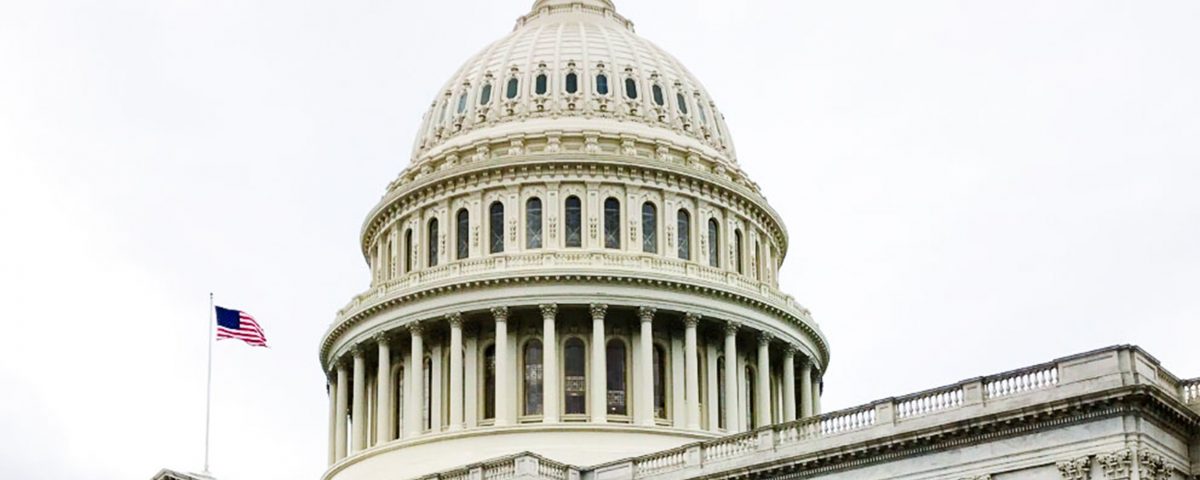It’s Time to End Child Marriage in the United States – Council on Foreign Relations

It’s Time to End Child Marriage in the United States
The U.S. government frequently advocates for an end to child marriage around the globe. In a 2014 statement commemorating the International Day of the Girl, President Barack Obama called child marriage a “threat to fundamental human rights.” Recently, Isobel Coleman, the deputy administrator of the U.S. Agency for International Development (USAID), spoke forcefully about the need to combat child marriage, calling it a “harmful practice” in need of being brought to an end “once and for all.” But both statements failed to explicitly acknowledge an inconvenient truth: we are a long way from ending child marriage in the United States.
The UN Office of the High Commissioner for Human Rights defines child marriage as one in which a party to it is under eighteen years old. Research shows that this practice often puts countless minors around the world in a position of vulnerability while also creating barriers to opportunity. For instance, child marriage denies girls education, leads to higher rates of domestic violence, and increases risks related to pregnancy and childbirth.
The data shows that these dangers are substantial and potentially rising after years of decline. Each year, more than twelve million girls around the world are married before they turn eighteen years old, and COVID-19 has made even more girls vulnerable. Many families, facing food and economic insecurity, have turned to marrying their young daughters so they have one less family member to support or to increase financial stability through the receipt of a dowry from the groom’s family.
In fact, the UN Children’s Fund (UNICEF) has warned that an additional ten million girls could face child marriage by the end of the decade because of the pandemic. The United States is very much a part of this problem. A landmark 2021 study by Unchained at Last found that an estimated three hundred thousand children were married in the United States between 2000 and 2018, the vast majority of whom were girls married to older men. Approximately sixty thousand occurred at an age or involved a spousal age difference that should have constituted a sex crime. Some were as young as ten.

